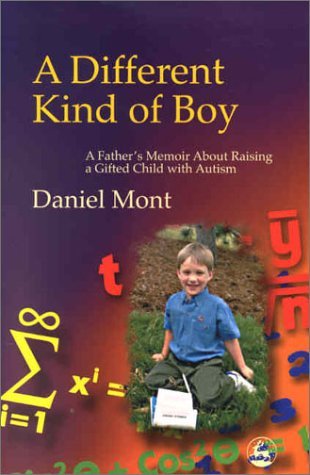#262
Title: Interworld
Authors: Neil Gaiman & Michael Reaves
Publisher: Eos (HarperCollins)
Year: 2007
246 pages
A thin offering from Gaiman (of whom I expect better) and Reaves (whose work I'm not familiar with). It's reminiscent of a second-tier Heinlein juvenile novel, down to the "Old Man" who is revered by all and whose mission everyone would sacrifice to carry out. The plot is enjoyable enough, though it will seem fairly derivative to most F&SF YA readers. Character development is weak and rushed, and some characters who seem important (like Nigel) simply disappear, and we learn about Binary but not enough to explain why we had to learn it.There is a little trouble with world building--for example, why wouldn't the crew of the Lacrimae Mundi know who/what Joey was (p. 40)? It's clear later that they know exactly where people like him fit into their world. More problematic is a bit of fabricated difficulty where Joey narrates that "I couldn't find the key that would let me go back to Base Town" (p. 170), though 14 pages before it "burned clear and bright in my mind" (p. 156) and by page 232 he knows it again, for no particular reason.
One is left with the overall impression that in its present incarnation, Interworld was not adequately edited to stand alone. It feels like an action-adventure opener that didn't warrant a sequel to fill in the gaps.


